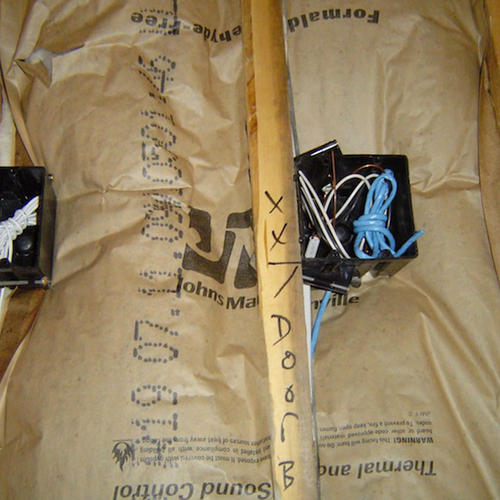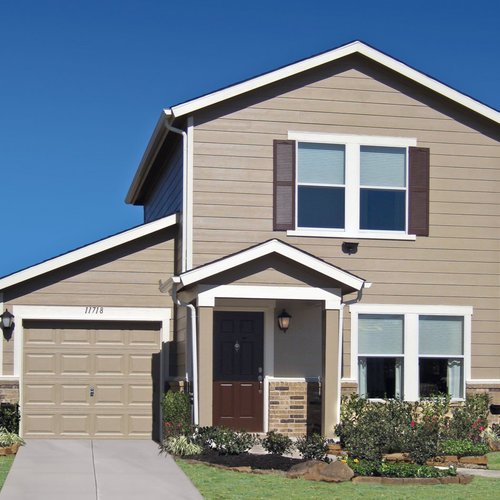
Image Credit: EPA Smart Growth
Signs of a Smart-Growth Trend
WASHINGTON, DC — In most U.S. metropolitan areas, an increasing percentage of new home construction is occurring in downtown neighborhoods, and a decreasing percentage in suburbs. The smart-growth trend is documented in a new US Environmental Protection Agency (EPA) report, “Residential Construction Trends in America’s Metropolitan Regions.”
Seeking to clarify whether there is a trend favoring urban infill development over suburban development, EPA researchers examined residential building permits issued over the last 18 years in the 50 largest metropolitan areas of the U.S. They concluded, “In more than half of the largest metropolitan areas, urban core communities have dramatically increased their share of new residential building permits. … The increase has been particularly dramatic over the past 5 years. Data from 2007 show the trend continuing in the wake of the real estate market downturn.”
In seven metropolitan regions — San Francisco; Miami; San Diego; Dallas; Chicago; Portland, Oregon; and Norfolk/Virginia Beach, Virginia — urban infill development now accounts for between one quarter and one half of new residential construction.
According to the report, “Regions often cited as leaders in promoting growth management and redevelopment (Portland, Denver, Sacramento and Atlanta) are among the medium-sized cities where the shift inward has been most dramatic. … While these trends reveal a substantial shift in residential construction patterns, they also suggest that the change is not yet reshaping the face of urban America as a whole. A large share of new residential construction still takes place on previously undeveloped land at the urban fringe.”
Some metropolitan areas show no signs of the trend. “In some regions there has been little change in the share of new construction taking place in central cities. In other regions, central cities have increased their relative share of building permits, but still account for a small overall share at the regional level. Although urban core neighborhoods have doubled or tripled their share of residential construction since the early 1990s, they still account for less than half of all new residential units in most regions.”
The trend toward urban infill construction has held up even during the economic downturn. According to the EPA report, “The data suggest that the shift toward redevelopment continued in 2007 even as the real estate market weakened. Although the number of building permits in urban core areas slowed, the declines were more precipitous in outlying areas.”
Weekly Newsletter
Get building science and energy efficiency advice, plus special offers, in your inbox.













0 Comments
Log in or create an account to post a comment.
Sign up Log in